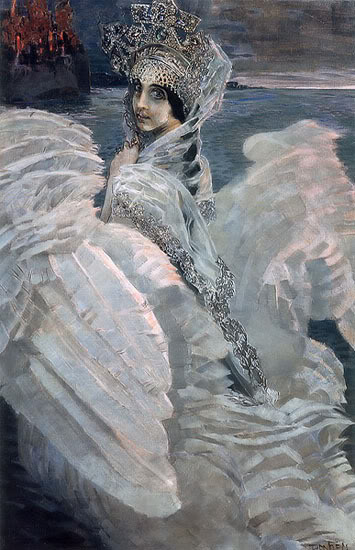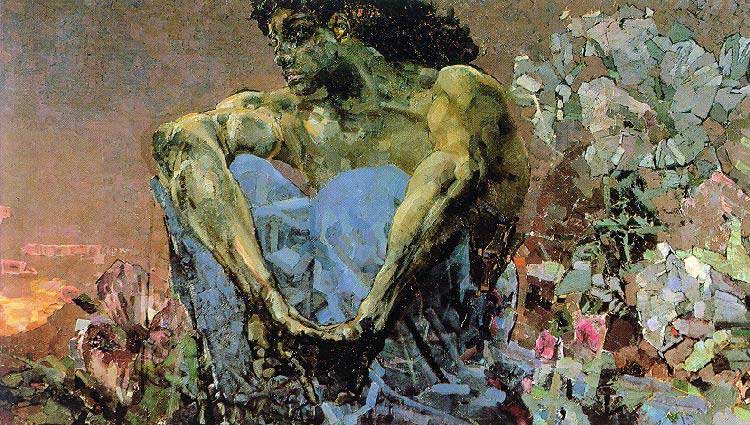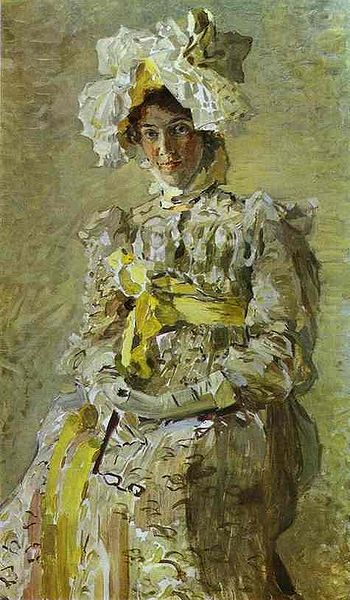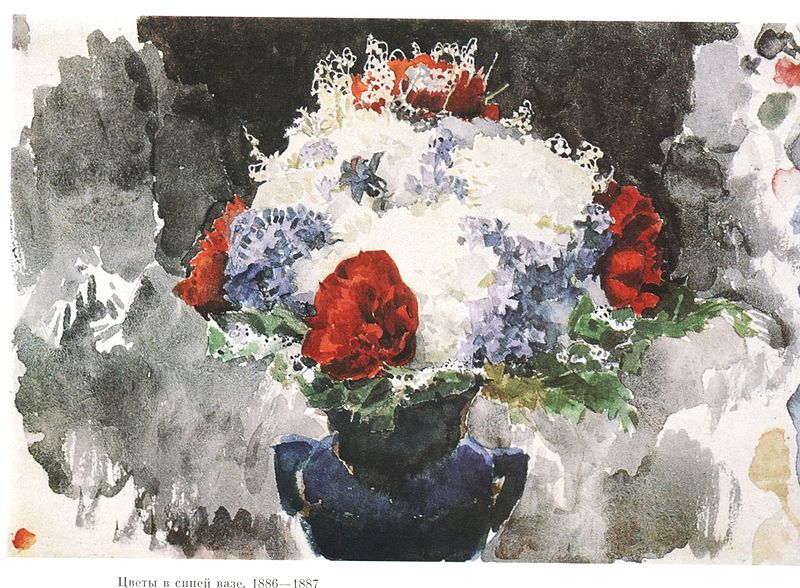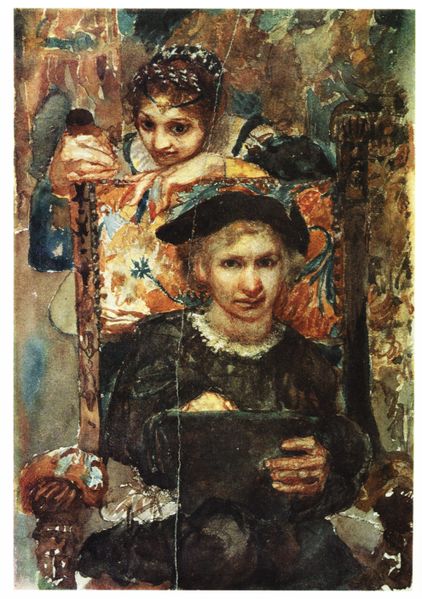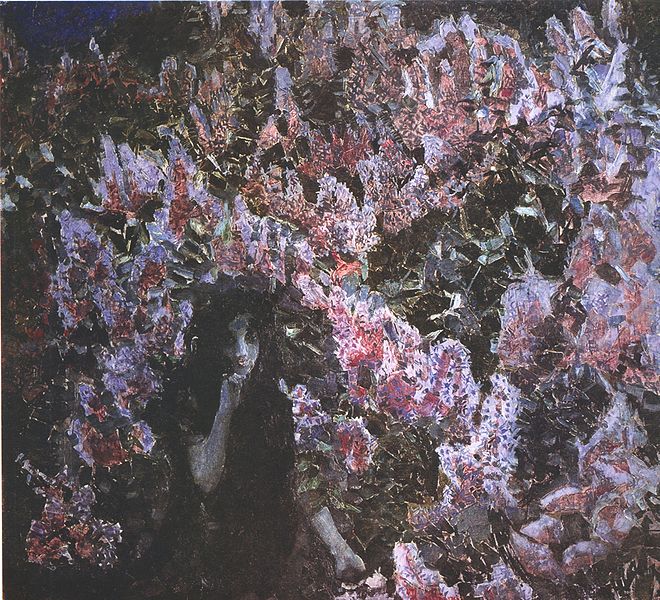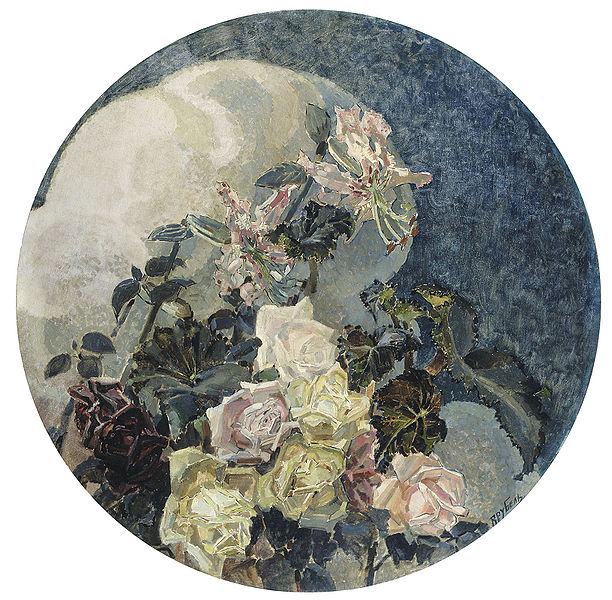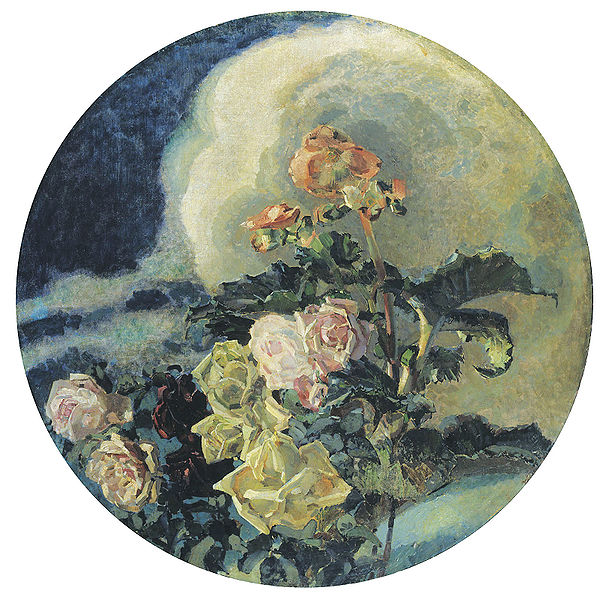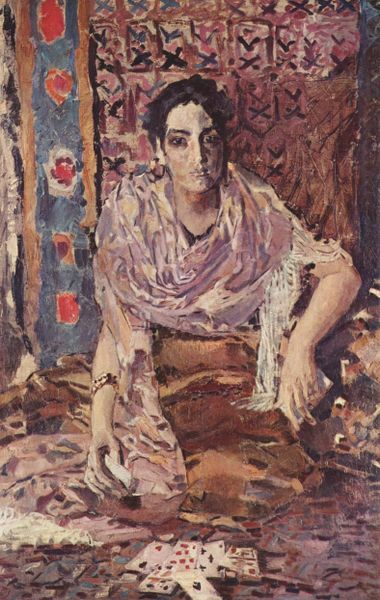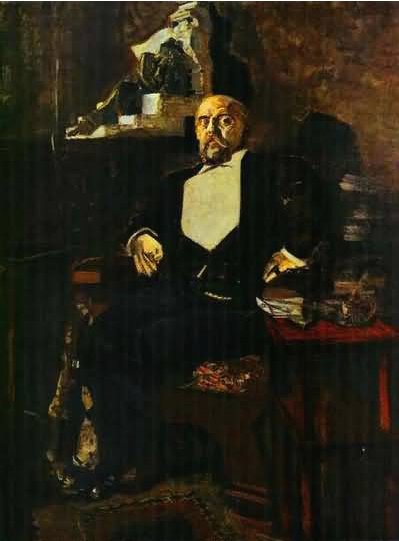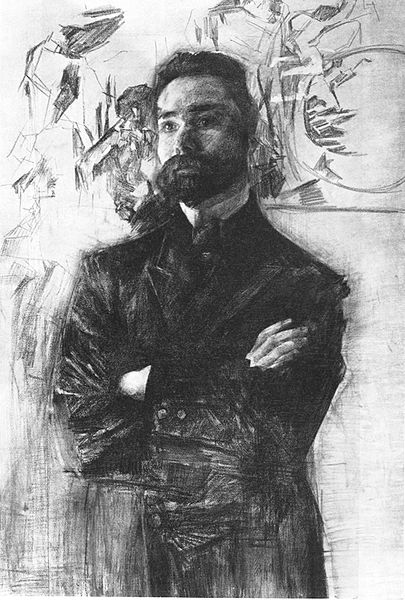<Back to Index>
- Economist Silvio Gesell, 1862
- Painter Mikhail Aleksandrovich Vrubel, 1856
- 1st President of Bangladesh Sheikh Mujibur Rahman, 1920
PAGE SPONSOR
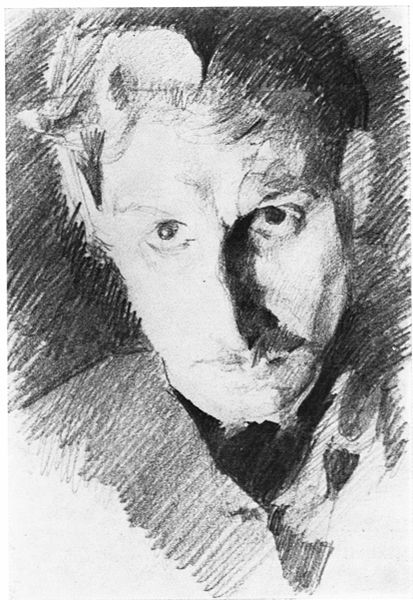
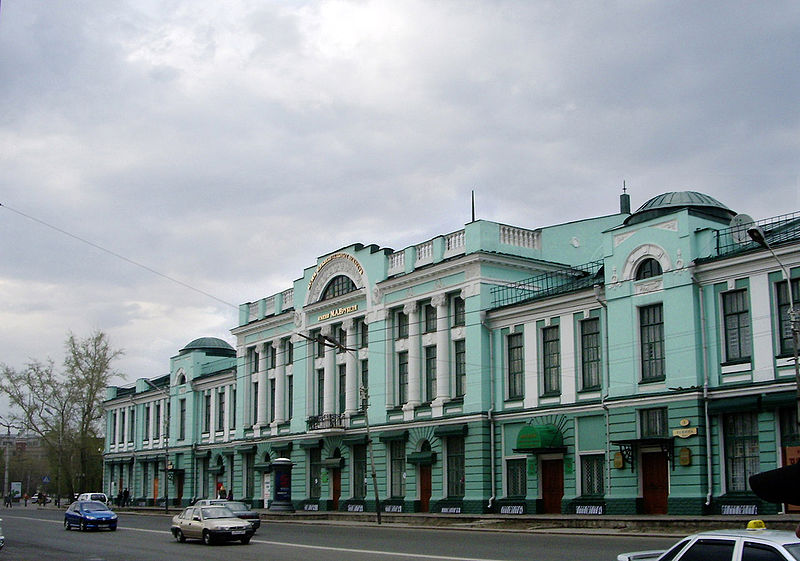
Mikhail Aleksandrovich Vrubel (Russian: Михаил Александрович Врубель; March 17, 1856 - April 14, 1910, all NS) is usually regarded amongst the greatest Russian painters of the Symbolist movement. In reality, he deliberately stood aloof from contemporary art trends, so that the origin of his unusual manner should be sought in the Late Byzantine and Early Renaissance painting.
Vrubel was born in Omsk, Russia, into a military lawyer's family and he graduated from the Faculty of Law at St Petersburg University in 1880. The next year he entered the Imperial Academy of Arts, where he studied under the direction of Pavel Tchistyakov. Even in his earliest works, he exhibited striking talent for drawing and a highly idiosyncratic outlook. Although he still relished academic monumentality, he would later develop a penchant for fragmentary composition and an "unfinished touch".
In 1884, he was summoned to replace the lost 12th century murals and mosaics in the St. Cyril's Church of Kiev with the new ones. In order to execute this commission, he went to Venice to
study the medieval Christian art. It was here that, in the words of an
art historian, "his palette acquired new strong saturated tones
resembling the iridescent play of precious stones". Most of his works
painted in Venice have been lost, because the artist was more
interested in the creative process than in promoting his artwork. In 1886, he returned to Kiev, where he submitted some monumental designs for the newly built St Volodymir Cathedral.
The jury, however, failed to appreciate the striking novelty of his
works, and they were rejected. At that period, he executed some
delightful illustrations for Hamlet and Anna Karenina which had little in common with his later dark meditations on the Demon and Prophet themes. In
1905 he created the mosaics on the hotel "Metropol" in Moscow, the
centre piece of the facade overlooking Teatralnaya Ploschad being taken by
the mosaic panel, 'Princess Gryoza' (Princess of Dream). While in Kiev, Vrubel started painting sketches and watercolours illustrating the Demon, a long Romantic poem by Mikhail Lermontov. The poem described the carnal passion of "an eternal nihilistic spirit"
to a Georgian girl Tamara. At that period Vrubel developed a keen
interest in Oriental arts, and particularly Persian carpets, and even attempted to imitate their texture in his paintings. In 1890, Vrubel moved to Moscow where he could best follow innovative trends in art. Like other artists associated with the Art Nouveau, he excelled not only in painting but also in applied arts, such as ceramics, majolics, and stained glass. He also produced architectural masks, stage sets, and costumes. It is the large painting of Seated Demon (1890) that brought notoriety to Vrubel. Most conservative critics accused him of "wild ugliness", whereas the art patron Savva Mamontov praised
the Demon series as "fascinating symphonies of a genius" and
commissioned Vrubel to paint decorations for his private opera and
mansions of his friends. Unfortunately the Demon, like other Vrubel's works, doesn't look as it did when it was painted, as the artist added bronze powder to his oils in order to achieve particularly luminous, glistening effects. In 1896, he fell in love with the famous opera singer Nadezhda Zabela.
Half a year later they married and settled in Moscow, where Zabela was
invited by Mamontov to perform in his private opera theatre. While in
Moscow, Vrubel designed stage sets and costumes for his wife, who sang
the parts of the Snow Maiden, the Swan Princess, and Princess Volkhova
in Rimsky-Korsakov's operas. Falling under the spell of Russian fairy tales, he executed some of his most acclaimed pieces, including Pan (1899), The Swan Princess(1900), and Lilacs (1900).
In 1901, Vrubel returned to the demonic themes in the large canvas Demon Downcast.
In order to astound the public with the underlying spiritual message, he
repeatedly repainted the demon's ominous face, even after the painting
had been exhibited to the overwhelmed audience. At the end he had a
severe nervous breakdown and was hospitalized in a mental clinic. Vrubel's mental illness was brought on or complicated by tertiary syphilis. While there, he painted a mystical Pearl Oyster (1904) and striking variations on the themes of Pushkin's poem The Prophet. In 1906, overpowered by mental disease and approaching blindness, he gave up painting.
